Double Pole Mechanics
By Ned Dowling
Technique Components

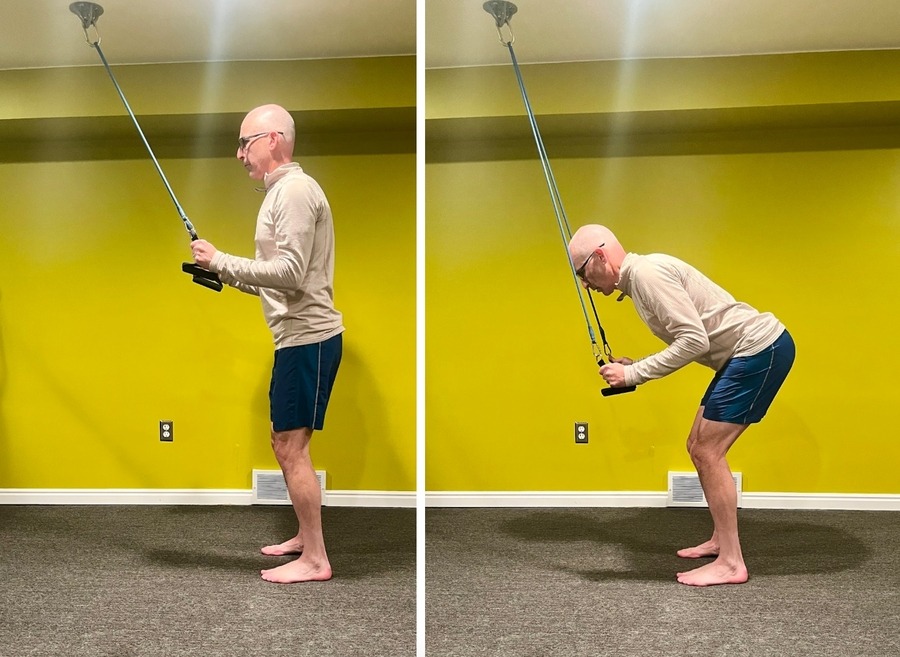
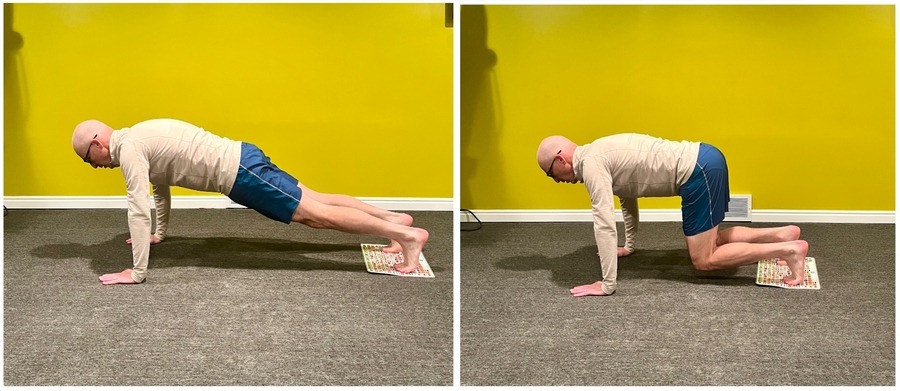
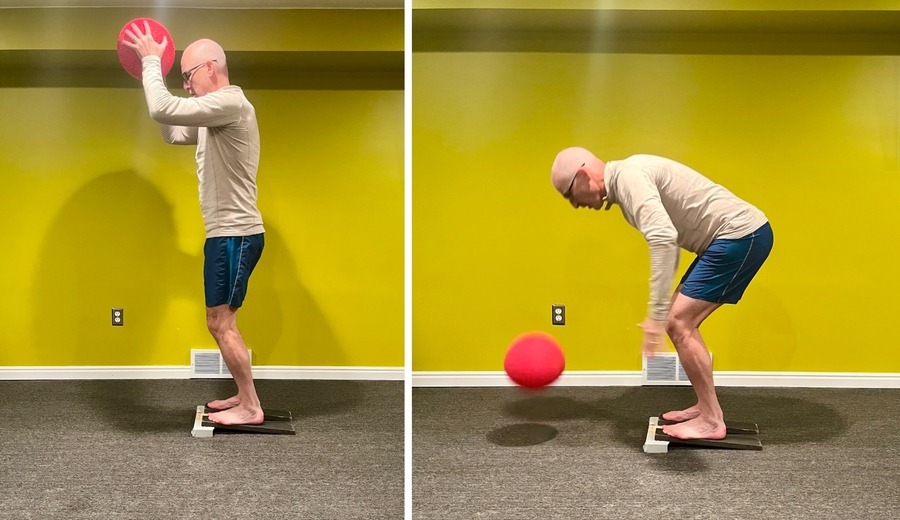
SkiErg or Pull Down with Ramp/Incline Board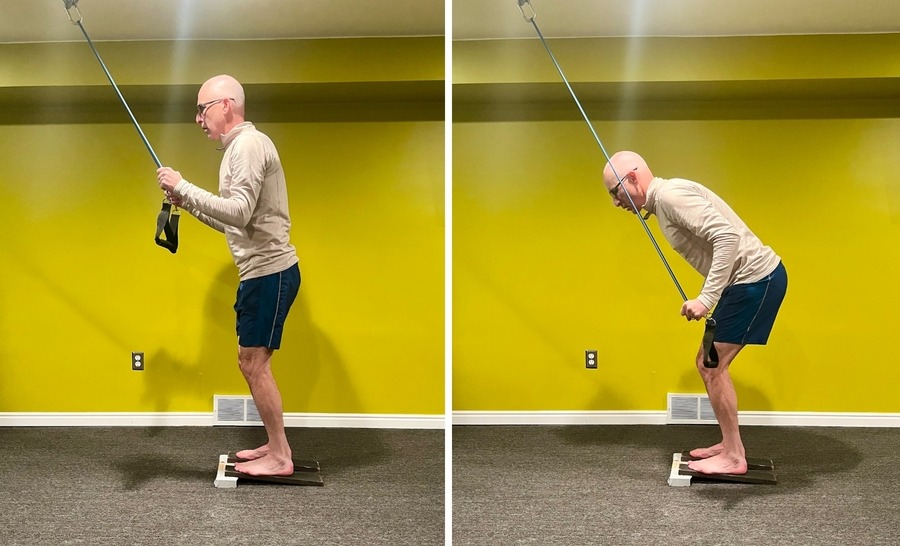
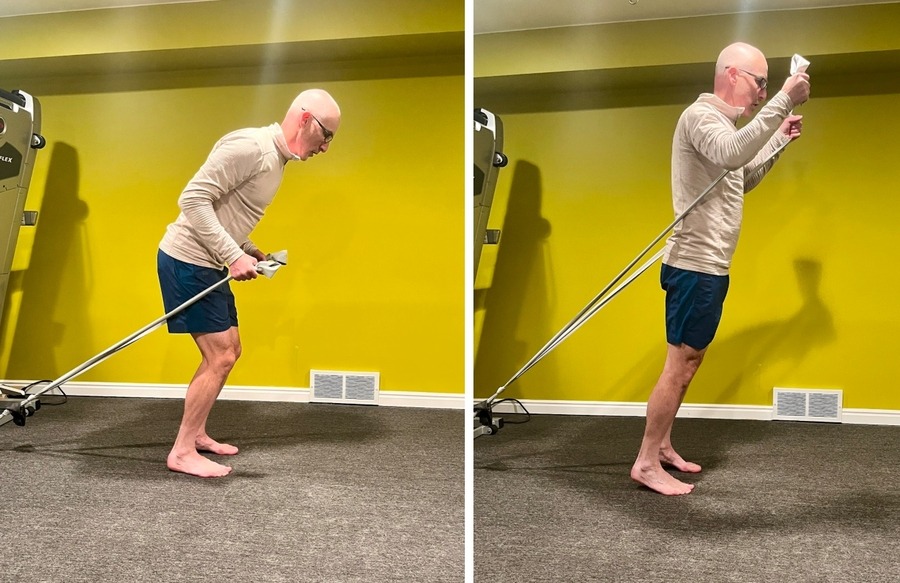
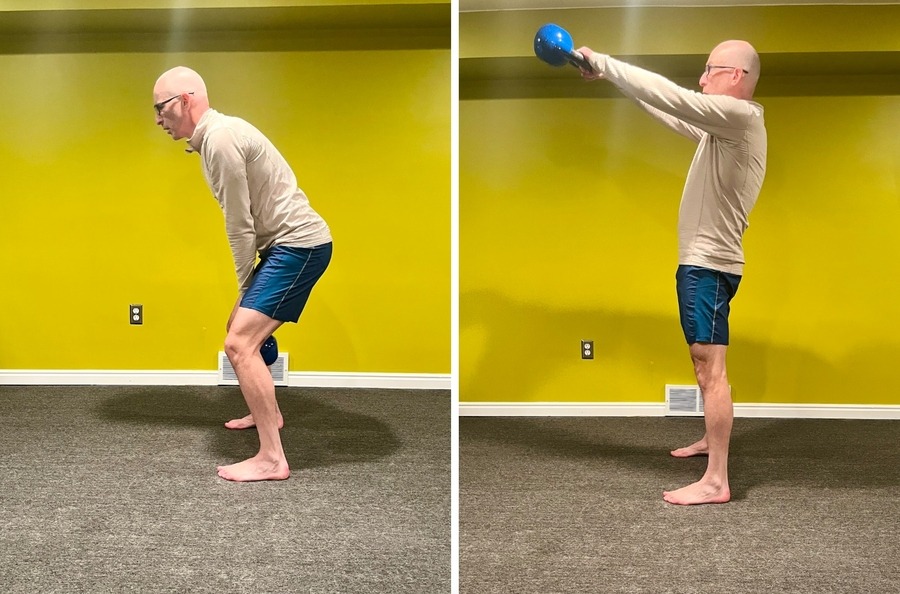
Double poling should be the easiest cross country skiing technique to master. Just grab your poles and mash them into the ground as hard as you can. However, like with all facets of Nordic skiing, there are a lot of moving parts. This article is only going to focus on three of the many components of double poling, so apologies if I’ve left out your favorite cue, the area where you struggle, or something that you think is fundamental. But before I go there, we need to start at the beginning. Not the beginning like wooden skis and pine tar–the beginning of technique.
Physics
We can’t really talk about technique without a lesson in physics, and we can’t really talk about physics without Newton’s Laws:
- First Law: A body in motion stays in motion unless it is acted upon. Unfortunately, our skis (friction and suction) and our bodies (gravity and air resistance) are constantly being acted upon. That’s why we want good skis and lycra.
- Second Law: The rate of change in motion is a product of the quantity and direction of the applied force. Force = acceleration = the change in velocity over a given time.
- Third Law: To any action there is an equal and opposite reaction. Or as master S&C coach Jon Goodwin puts it, “If we push on something, it will push back even if it doesn’t have muscles.”
Thus, in order to ski along the flat or uphill track, we must keep our bodies in motion by producing adequate force directed in the appropriate direction. The application of force into the snow via poles (or skis but we’re talking double pole here) will elicit a responding push back on the poles; therefore, our bodies need to be capable of both producing the pushing force AND withstanding the resulting pushback.
Our physics lesson should also include talk of levers. But this is going to get deep in a hurry so I’ll try to keep it simple. How do we put force into the poles? We get the biggest bang for the buck by loading the poles with body weight vs just swinging the arms. The longer the lever, the more force goes into the poles. Thus a long spine is a longer lever than a flexed spine (much more on this in a minute). The arms are the weakest link so we bend the elbows to keep the lever short. Ultimately, big joints, like the hips, have big muscles and will generate force better than small joints, like the spine, with small muscles.
Technique Components
Momentum and Muscle Activation are Andy Newell’s M&Ms: the goal of ski technique is to harness momentum created by inertia and gravity and to optimize our muscle recruitment, both of which lead to increased efficiency. And increased efficiency = faster, and faster = more funner.
If we are not optimizing efficiency–if there are deficiencies in the quality of our skiing–we can look to define these deficits as technical or mechanical to better formulate a remedy.
Technical
- The athlete has the physiology and physical capacity to execute appropriate technique but lacks the knowledge, awareness, or global coordination.
- This is largely up to the coach to solve through cuing and drills.
Mechanical
- The athlete knows what to do and how to do it, but their body lacks the mobility, balance, stability, and/or coordination to execute the technique.
- This is unlikely to respond to coaching input and needs to be addressed off the snow/skis.
As a physical therapist, I work largely in the realm of mechanical deficits. From an injury treatment and prevention side, we want the body moving such that it’s able to resist the loads being placed on it. We want to construct a solid foundation to support our fancy house. Unfortunately, back pain in Nordic skiing is very common. In this study, 64.5% of the 257 surveyed cross country skiers had a history of back pain. In my own survey of athletes at a national junior training camp (2024 NTG in Park City, UT), 50% of the athletes acknowledged previous or current pain with classic skiing and/or double poling. From both health and performance perspectives, there’s some incentive to optimize technique.

Shapes
Ski technique, or any sport, is about assembling the requisite shapes or movement patterns. We must be able to make the shapes if we expect to display the appropriate technique. As I mentioned long ago before the boring physics and coaching stuff, I’ve chosen three shapes to emphasize:
Neutral Spine & Hip Hinge - Shape #1
Neutral spine means the natural curvature and alignment of the spine. “Straight” is not exactly correct: it’s concave in the low back/lumbar, convex in the upper back/thoracic, and concave in the neck/cervical. While there are normative ranges, the amount of curve is very individual. Maintaining a neutral spine is an active posture meaning we have muscle engagement for support, stability, and resistance to perturbation. A flexed or extended spine is more passive (generally hanging on ligaments or locking out joints). This also gets back to the physics section on keeping the spine long to create a bigger lever and striving to move through big joints vs little joints (the spine is a bunch of little joints). Leaning forward via the hips and the associated large muscles will tend to be more resilient than bending through the spine.
If you’re not already, sit on a relatively firm chair. Sit up tall like someone is pulling you up by your hair. You will feel your sit bones (your boney butt) on the chair. This should put you in your neutral spine. Now tilt your pelvis forward like you’re sticking your butt out. What happens to your spine? Next, tilt your pelvis the other way like you’re trying to sit on your tailbone instead of your sit bones. Notice how your spine changes. Go back to neutral (which will end up being about halfway between these two extremes). These two examples showed how the pelvis affects the spine. We can do the same thing from the other direction. Sit in a super slumpy, iphone posture. What happens to your pelvis? Keep the same shape but stand up. Do you want to ski like this? Sit back down and overcorrect the slump by arching your low back. Is this a powerful place to be skiing?
Still sitting, still with a neutral spine, lean forward. You should be able to do this without your back changing shape. If you need some feedback, grab a ski pole and hold it against your back with one hand below your waist and the other hand overhead. As you lean forward, the pole shouldn’t come away from your back–if it is, you’re flexing your spine and losing the neutral position. Try this again while standing (put a little bend in your knees to take tension off the hamstrings–better yet, put some flex in your ankles like a basic ski stance position (nose-knees-toes). The goal here is to isolate motion at your hips vs at your spine..
Forward Hips aka High Hips - Shape #2
I’ve never quite understood the “high hips” cue because that’s an up or down descriptor. It tells up nothing about the front vs back position. Really we’re looking for both high and forward in order to use gravity to our advantage–the momentum in Andy’s M&Ms.
Stand facing a wall with your toes about two feet away from the wall. Maintaining a neutral spine and pelvis, lean forward into the wall. Please catch yourself before you break your nose. There shouldn’t be any motion in your spine or hips but there is definitely motion at your ankles. The forward hips position in skiing will be the point just prior to falling. In essence, we do want to fall down the track a bit because momentum is our friend.
Hips Drive Retrieval - Shape #3
Having used the lever arm of our neutral spine, the fulcrum of the hips, and the advantageous vector created by our forward hips (way to go physics!), we have reached the bottom of the double pole cycle. How’re you going to get back up? Remembering that big joints use big muscles, you’ll say “hips, not spine” and deserve a gold star. So far I’ve opted not to bemoan the “ab crunch” cue. I’ve tried to offer a counter argument without naming my opponent. But this is one place where the biomechanics of the ab crunch really don’t make sense to me. If you are actively flexing your spine as you push down on the poles, and you still want to start the poling cycle in a high and forward position, somewhere in the reset you’re going to have to reverse the flexed spine position. In doing so, you’re flexing and extending your spine with every poling cycle. Best case scenario, this is inefficient. Worse case, it’s a lot of cumulative load on the spine and associated tissues.
Going back to the neutral spine drills with the ski pole. You likely didn’t think about it at the time, but in keeping your spine neutral and the pole against your back, the motion was being isolated at your hips as you bent down AND with the return back up. Stand up and try that one again. By resetting the poling cycling with hip extension we are recruiting the glutes–one of the biggest, strongest muscle groups in the body.
The Exercises
Neutral Spine / Hip Hinge (no crunch!)
- Hip Hinge Pull Down
- Use cable machine with 2 handles or bands anchored over head
- Shoulders and elbows stay locked in high position
- Slight bend in knees and ankles (soft not locked)
- Hinge at hips, pulling down on resistance
- Neutral spine!

- TRX Jackrabbit (alternate equipment: physioball, sliders, placemat)
- Straight arm plank position with feet in TRX straps
- Shoulders - hips - knees in line
- No sag in the spine or butt in the air
- Pull knees towards chest
- Isolate motion at hips (and knees) to maintain neutral spine

Forward Hips aka High Hips
- Medicine Ball slam with Ramp/Incline Board
- Standing on incline will allow for a balanced forward lean
- Med ball slam like DP motion

SkiErg or Pull Down with Ramp/Incline Board
- Standing on incline will allow for a balanced forward lean
- DP motion

Hip Extension Return
- UE Band Retrieval
- Resistance band anchored low and behind, one strand in each hand
- Get tall, forward, and hands high
- Hinge like DP and use hips to return to top of poling motion
- Speed and resistance based on ability to maintain form

- Kettlebell Swing
- This is NOT an arm exercise
- Use the speed of the hip extension to swing/lift the kettlebell
- POP the hips forward

